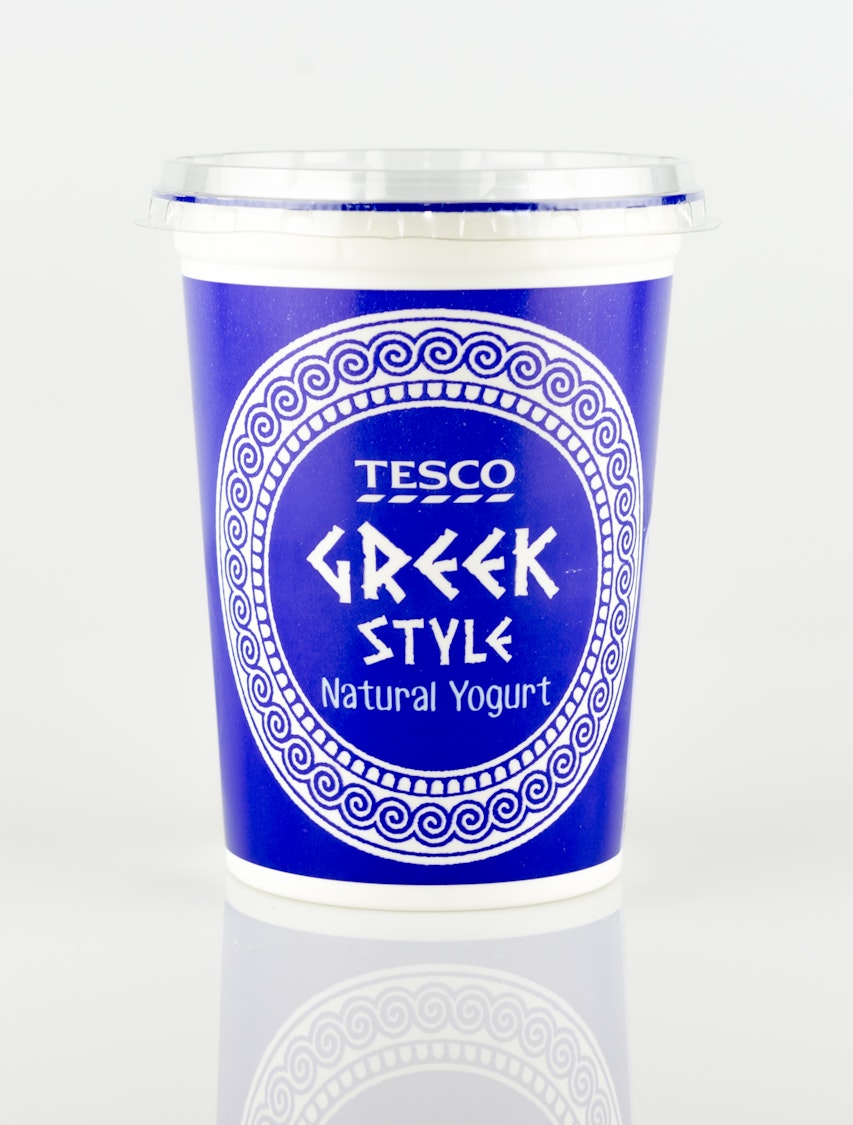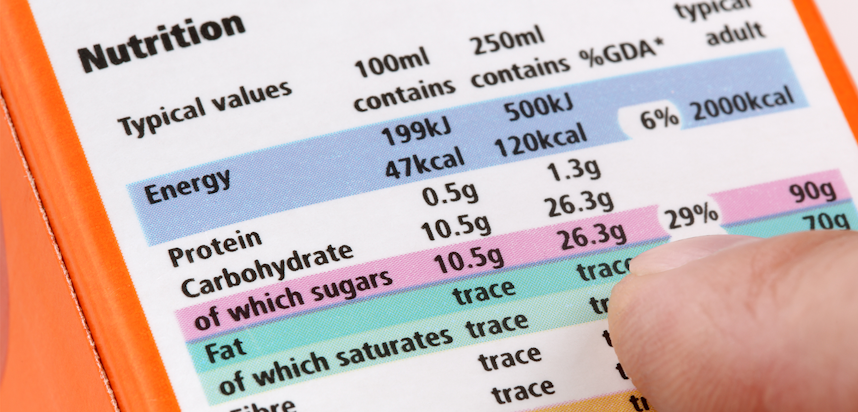Pre-packed Food Labelling

These days food labelling can be a complicated matter. Different types of food have different labelling rules, and all pre-packed food must display specific information by law on the label and/or packaging.
What specific information? We’ve broken it down into easy pieces so it’s simple to understand exactly what’s required of businesses...
Name of the food
In addition to being clearly displayed on the product’s packaging, it is important that the name of the product is not misleading. You can find out more about this and all of the other specific rules around product names stated by law here.
List of ingredients
If the product consists of two or more ingredients, an ingredient list (ingredients declaration) must be displayed under a heading that includes the word”‘ingredients”. The ingredients must be shown in descending order of weight, with the main ingredient shown first.
Allergen information
If a food contains any of the 14 regulated allergens, these must be emphasised within the ingredients declaration. This emphasis can be indicated in several different ways, including:
- Using a different font
- Using a different style of font e.g. using all uppercase letters
- Using a different background colour
- By bolding the text
- By underlining the text
This is done to clearly highlight to the consumer any allergens within the product, and is especially important for individuals with food hypersensitivity who need to avoid specific foods.
Visit our Food Allergens page to find out more about the 14 major food allergens and where you might find them.
Quantitative Ingredients Declaration (QUID)

Quantitative ingredients declaration (QUID) is a way of telling the consumer the amount of a specific ingredient used within a product. This must be done by displaying the percentage of the ingredient either in the ingredients declaration, or in or immediately next to the name of the food.
QUID must be used if the ingredient:
- Appears in the name of the food or is consumers usually associate that food with this particular ingredient (e.g. the “apple” in an apple pie, or “mutton” in a Lancashire hotpot)
- Is emphasised on the labelling in words, pictures or graphics (e.g. if there’s a picture of strawberries on the label)
- Is essential to characterise a food and to distinguish it from products with which it might be confused because of its name or appearance. (e.g. lasagne made with pork must show the QUID for the pork because it characterises the product and distinguishes it from a lasagne - which is usually made with beef)
Using QUID for Meat Products
On pre-packed food containing meat, the information must be provided:
- As a percentage in brackets in the ingredients list after the name of the ingredient, for example “Pork (80%)”
- In or next to the name of the food, for example “containing 80% pork”
Net quantity
All pre-packed food (above 5 g/ml) need to show the net quantity of the product unless the products fit the below criteria:
- Are subject to considerable loss in volume or mass and are sold by number or weighed in the presence of the purchaser
- Have a net quantity of less than 5 g/ml (unless herbs or spices)
- Are normally sold by number, and the number of items can be clearly counted from the outside, or is otherwise indicated on the label
Foods that are packaged in liquid (e.g. tinned tuna) must show the drained net weight.
Storage conditions and date labelling
Most food products will be marked with either a "best before" or "use by" date, depending on the type of product, so it is clear to the consumer how long the product can be kept for. You can read our article on Shelf Life to find out more.
Name and address of Manufacturer
A business name and address should be included on pre-packed food labels, and must be either:
- The name of the business whose name the food is marketed under
- The address of the business that has imported the food
The address displayed must be a physical address where the business can be contacted by mail if required - such as if a consumer has a complaint about the product or they would like further information.
Country of Origin
Unless required specifically, most pre-packed food need only display the country of origin if the packaging may mislead the consumer if it is not stated, e.g. 'Greek style yoghurt' should state ‘Produced in the UK’ to avoid any misconceptions.. More information on the specifics of origin labelling can be found here.

Preparation instructions and Storage Conditions
If needed, instructions on how to safely prepare and cook the food should be provided, (including the correct cooking time and temperature of the oven where appropriate). If the product needs to be stored in a specific way to prevent spoilage, this should also be displayed, e.g. “keep refrigerated”.
Nutritional declaration
A nutrition declaration must be clearly displayed and include the following mandatory nutrients:
- Energy value (in both kilojoules (kJ) and kilocalories (kcal))
- The amounts (in grams (g)) of fat, saturates, carbohydrate, sugars, protein and salt
Some foods are exempt from providing a nutritional declaration; these can be found in Annex V of the Food Information to Consumers (FIC) Regulation.
In addition to the mandatory information, front of pack nutrition labelling can also be provided - however, this is currently voluntary.

Additional labelling requirements
Specific food and drink products require additional labelling. For example, the following must be declared if they are present in the product:
- Sweeteners or sugars
- Aspartame and colourings
- Liquorice
- Caffeine
- Polyols
Food and Drink Warnings
If a food or drink product contains certain ingredients, an appropriate warning must be displayed on the label. For example, Tartrazine (E102) must show ‘May have an adverse effect on activity and attention in children’. More information on food and drink warnings can be found here.
Further Resources
- Government advice on Giving a quantitative ingredients declaration (QUID)
- FSA advice on country of origin labelling
- Department of Health Technical guidance on nutritional labelling
- FSA information on Nutrition labelling
More information on the mandatory labelling requirements for pre-packed food, and how to display this on packaging and labels can be found here.
You may also be interested in…


You may also be interested in…






